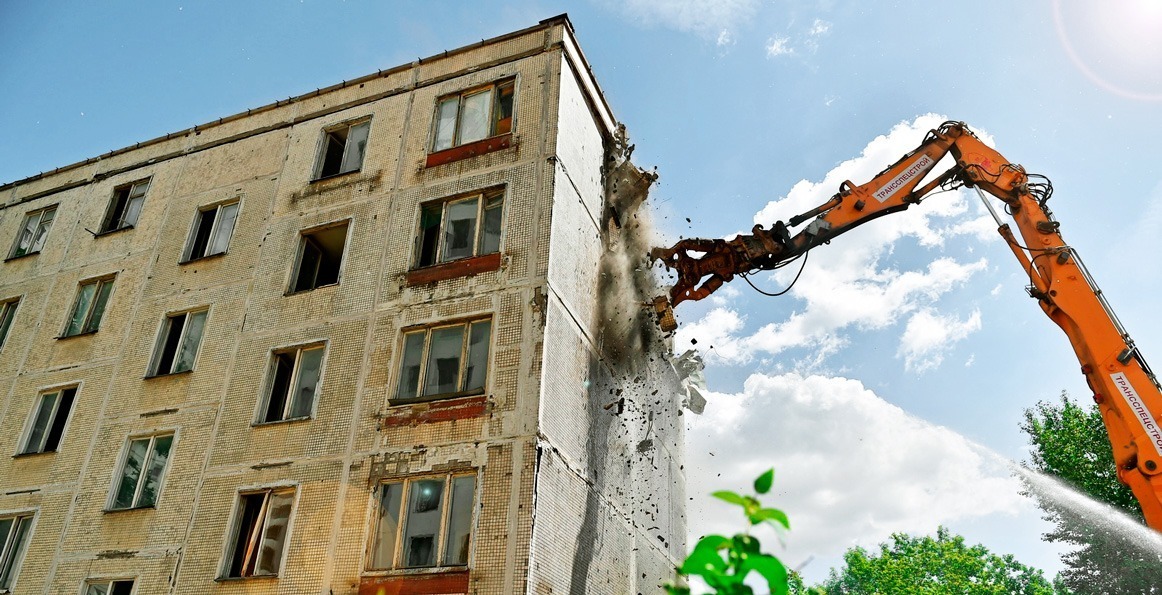Everything you see around you right now is future construction waste. Millions of tons of concrete and construction debris from thousands of high-rise buildings and structures will go to landfill, unfortunately, as you know, their age is not great. Now imagine that all this is not recycled and just falls out of the outskirts of the city, and this is definitely a future collapse. Thus, we will reach the stage when there will be more garbage than green fields and clean forests. This will certainly be disastrous for our eco-system. Have you ever thought about it? If not, we need to start. We need to start managing waste during the design of the building and structure. In the future, we believe that waste management will be a mandatory part of project management in construction at the state level. Already, almost every iron is announcing the importance of ESG in corporate governance. The abbreviation ESG, as you know, can be deciphered as "ecology, social policy and corporate governance".
Another current trend, which should not be just a fashion, but will turn into a part of our life, is Sustainable Construction and Sustainable Building Engineering. These are precisely the areas where a new generation of engineers and architects should study.
Sustainable construction — this definition is directly related to the definition of sustainable development, which means conducting human activities and meeting the needs of the current generation, taking into account the future generation, without damaging the resources of the planet and the environment.
A study by the Institute of Construction Industry (Construction Industry Institute) revealed that it is construction that carries a serious eco-load: buildings and structures consume 36% of electricity, produce up to 40% of waste and consume 12% of fresh water. These are colossal figures that made us think and start implementing sustainable construction — the most environmentally friendly and green.
The most interesting thing is that during the operation of the facility, the costs are the highest — up to 80% of the total costs. Therefore, sustainable construction implies all the life cycles of a building, starting with a feasibility study and conceptual design.
Even at the design stage, sustainable construction provides in advance and lays down the possible consequences of the building being erected and calculates all the risks at all stages of the object's life cycle. That is, the following are taken into account: the building plan, the choice of materials, the future infrastructure, the possibility of using renewable resources. Modern designers now rely on the principles of economy, environmental friendliness and social significance of buildings. This is our approach to ESG construction.

What else is important?
It is important to understand the basics of waste and construction waste management in construction management. Here, on a number of waste management culture in companies, it is possible to note the elimination of waste (eliminating waste), minimizing waste (minimizing waste), reuse of materials (reusing materials).
Waste Disposal
Some waste generated during the construction process can be eliminated. For example, robust modular metal formwork systems for use in concrete construction can be selected on the basis that they are easily disassembled and can be reused in other projects, which eliminates wood waste associated with formwork made of plywood and dimensional lumber. Waste disposal can be useful to reduce the impact on human health and the environment.
Minimizing Waste
Some construction-related waste can be minimized. For example, construction products can be selected based on the fact that they are designed and manufactured to be shipped with minimal packaging. Also keep in mind that the selection and use of recyclable materials and products potentially minimizes the amount of waste.
Reuse of Materials
Some materials can be reused. For example, doors and windows in good condition, suitable for resale, can replace new products or sold for use in another project. Concrete – can be broken down and recycled as the basis for the construction of driveways and pedestrian paths. Untreated wood – used as firewood or crushed. Large pieces can be re-crushed and used again in construction. Asphalt pavement – crushed and recycled back into new asphalt for paved roads. Wood, large–sized lumber (i.e. lumber longer than 6 feet), plywood, floors and moldings - can be reused. Metals (for example, steel, aluminum, copper) – can be melted and transformed into new metal products.

Disposal of construction waste is expensive and often leads to unforeseen consequences. However, common sense suggests that the inability to reduce, reuse and recycle public waste is unacceptable. It goes without saying that the effective elimination and minimization of waste, as well as the reuse of materials, are the most important aspects of design and construction activities. Creativity, perseverance, knowledge of available markets and businesses, and an understanding of applicable waste management regulations are important skills for design and construction professionals.
Saniya Ayambekova
Director
Advanced Controls & Project Management
